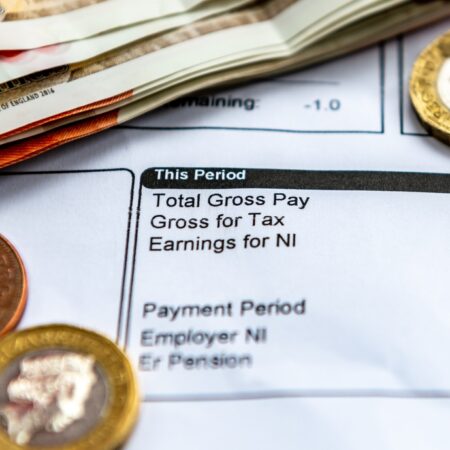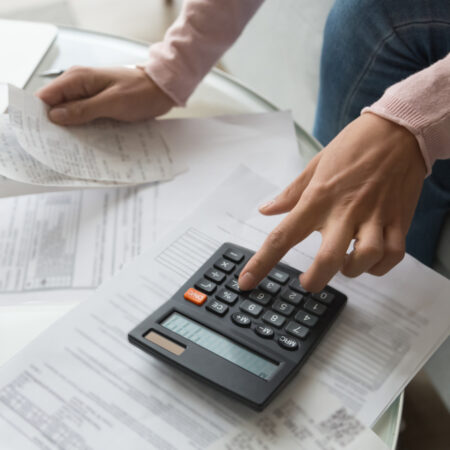Dividend Tax Changes
To be introduced in April 2016, anyone who receives a dividend will have an annual tax-free dividend allowance of £5000. For any dividend that is below the limit, this will mean no tax is paid.
However for any dividend above the £5000 limit, the following dividend tax rates will apply, dependent on the taxpayers other incomes and their associated tax rate. With a current personal allowance of £10,600 this equates to 20% tax for those with a taxable income up to £31,785, 40% on tax above an income of £42,385 and 45% on income above £150,000.
We have created some examples of how the changes will potentially work below:
2015/2016 tax year
[table colalign=”left|right|right|right|right” delimiter=”|”]
Net dividend|Tax credit|Additional tax|Dividends after all tax|
Non-taxpayer|£1,000|£111|£-|£1,000
Basic rate taxpayer|£1,000|£111|£-|£1,000
Higher rate taxpayer|£1,000|£111|£250|£750
Additional rate taxpayer|£1,000|£111|£306|£694
[/table]
Currently there is tax credit for UK dividends, therefore this has been added to the illustrative figures. However this is due to be abolished in the next year, accounted for in the figures for 2016- 2017.
[table colalign=”left|right|right|right|right” delimiter=”|”]
Net dividend|Tax credit|Additional tax|Dividends after all tax|
Non-taxpayer|£1,000|£-|£-|£1,000
Basic rate taxpayer|£1,000|£-|£75|£925
Higher rate taxpayer|£1,000|£-|£325|£675
Additional rate taxpayer|£1,000|£-|£381|£619
[/table]
To offset the potential additional tax requirements and to make the most of your allowances, Harvey Telford & Bates Chartered Accountants can recommend a number of actions which we can assist with:
- Making the most of your tax- free dividend allowance:
This may seem a simple statement to make, but could you use a partners allowance if they are not using the full amount to offset some of your taxable income?
- Consider your spouse’s income tax allowance and tax bands:
As above you need to be aware of all your personal allowances to ensure as much of your dividend isn’t taxable. If possible also look at who the dividend is paid to – is it the partner with the lowest tax rate to minimise, the amount of tax to be paid?
- ISAs
ISAs (Individual Saving Accounts) allow each person to invest up to £15,240 (as of 2015) with no tax charged on the interest earned. By investing taxable income in an ISA, you will be reducing the potential taxable income amount.
For any dividends that sit above this amount perhaps consider where else you could invest them, and how much tax would be due on these.
- Reduce other income
Once you exceed the dividend allowance of £5000, any amount over this will be linked to your income and the associated level of income tax. You may want to look at if it is worth reducing your other income through other methods to reduce the final taxable amount.
If you are a business owner and would like Harvey Telford & Bates Chartered Accountants to provide guidance on managing dividend taxation, get in touch with our team of experts who will be able to assist across all business matters. Call 01701743 462604 or email [email protected] to see how we can help.


